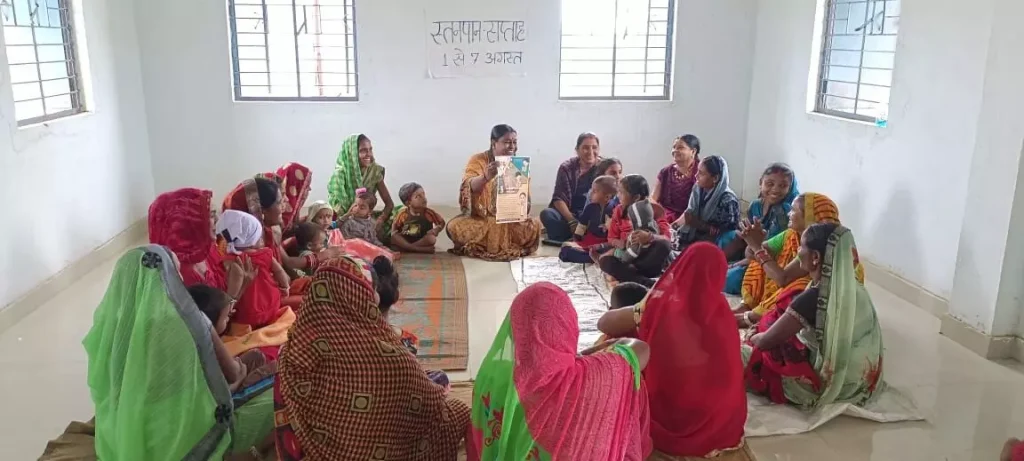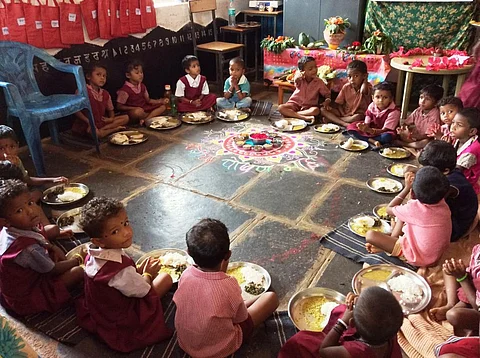In a country where child malnutrition continues to challenge public health and human development, Rajnandgaon has emerged as a shining example of how determined leadership, grassroots innovation, and community participation can change the narrative—one child at a time.
The district administration of Rajnandgaon, under the dynamic leadership of its IAS officers and local health workers, is transforming its fight against malnutrition from a top-down welfare model to a community-led, holistic revolution. Their secret? Feeding not just mouths—but minds and futures.
Mission Malnutrition-Free: A Multi-Layered Strategy
From Anganwadi centers to digital tracking systems, Rajnandgaon has adopted a multi-pronged strategy to address both immediate nutritional needs and the root causes of malnutrition:
Daily nutritious meals are now freshly prepared and locally sourced through SHGs (Self Help Groups), ensuring both food quality and economic empowerment for village women.
A Digital Child Nutrition Monitoring Dashboard tracks weight, height, and health parameters of every child under 6, flagging early warning signs.
SAM and MAM children (Severely & Moderately Malnourished) receive focused attention, including weekly health checkups, medical intervention, and customized diet plans.

Health and Hygiene Go Hand-in-Hand
The district has recognized that nutrition alone isn’t enough. Clean drinking water, sanitation awareness, and mother-child hygiene workshops are now an integral part of the intervention plan. Community health volunteers regularly visit homes to check not only food availability but also feeding practices and hygiene habits.
The Education Angle: Nourishing Curious Minds
Rajnandgaon isn’t just ensuring physical nutrition. Early childhood education, storytelling, and play-based learning are introduced at Anganwadis, creating an environment that nurtures both body and brain. The district’s efforts to combine pre-school learning with nutrition programs is helping children become more school-ready and emotionally balanced.
Results That Speak Volumes
Since the implementation of this integrated model:
SAM cases have dropped by 35% in two years.
Over 90% of Anganwadi centers are now fully functional with active parent involvement.
The district has seen an uptick in immunization rates and anemia screening for both mothers and children.
Voices from the Ground
“My child was weak and always sick. But now she’s stronger and attends the Anganwadi happily every day,” says Rekha Bai, a tribal mother from Mohla-Manpur.
Health officials say the key was building trust and ensuring local ownership. “The fight against malnutrition is not just about food—it’s about dignity, awareness, and access,” shares one senior district officer.
A Replicable Model for India
As other districts begin to take notes from Rajnandgaon’s success, the district is now gearing up to mentor nearby tribal belts. With scalable and sustainable innovations, Rajnandgaon has shown that ending child malnutrition is not a dream—it’s a doable mission.


